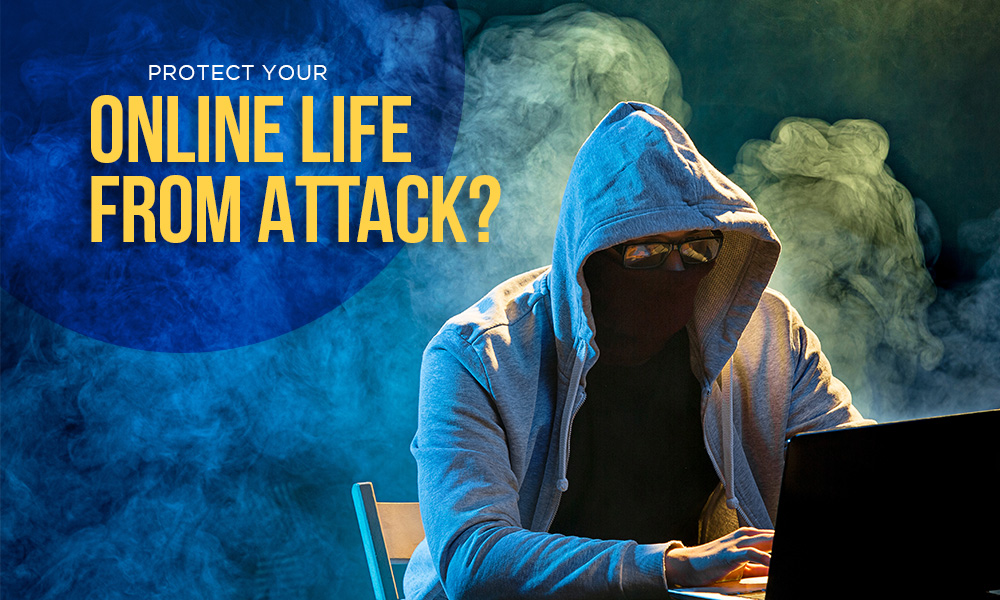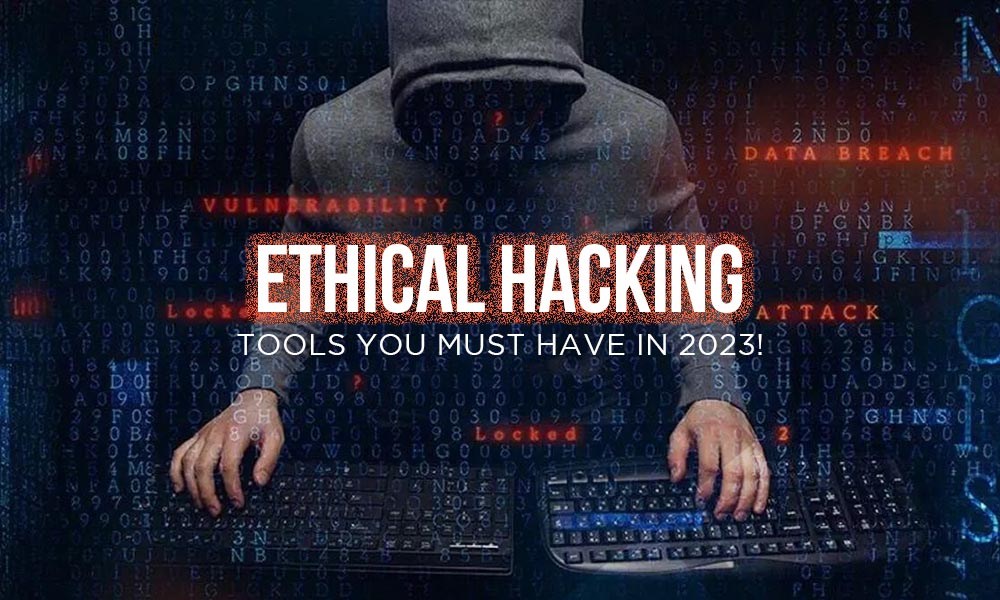Online life is no longer a place you go to relax or have fun. Instead, it’s an area of your life that’s constantly monitored, tracked, and recorded. From work emails to Facebook posts, online users are working toward the same end result—a digital death-knell in their personal and professional lives. To protect against cyberattack, keep these six things in mind:
- Use virtual and offline security mechanisms to keep your digital life secure
In a digital world, where everyone is interconnected, tracking and monitoring every move your digital life makes is a challenge. To keep your digital life secure, you must use digital security mechanisms to keep all your data and communications secure. This can mean using encryption standards or a strong password manager, but it’s also important to keep track of all activities that affect your digital life. This can be any type of digital account, such as a Facebook account, work email, or Google account. This can help ensure that any potential cyberattack doesn’t have a direct impact on you, your family, or your clients’ businesses. It also allows you to keep track of what other users are doing online and report issues if needed. These mechanisms also help to avoid unwanted attacks, like those that target third-party software.
- Assign trusted users to digital activities
As you move through life using different digital platforms, you’re likely to come across users who have different permissions and access levels. This can be a problem, because users often share information without your permission, and this could lead to privacy issues or nefarious activities. To keep your digital life secure, assign trusted users to digital activities. This can help reduce the risk of you sharing sensitive information with others, and it can help to further protect your digital life.
- Use a combination of encryption standards and anonymizing software
Encryption standards such as encryption standards for websites, email, and social media are not secure, so using other methods is not an option. To protect your digital life, you need to use different encryption standards and software to keep your digital life secure. To ensure the best possible outcome in a cyberattack, you want to take the most effective steps to protect your digital life. These can include using strong passwords and encryption tools, using a combination of software and passwords, and using a pass-through software that allows you to share information with other devices without sharing your password.
- Monitor social media accounts for signs of cyberactivity
As your digital life grows, you’re likely to come across social media accounts that have been created with Click2Mexico, an online marketplace that acts as a marketplace for online services. This can be a great place to find free services and products, as there are often thousands of options to choose from. However, it’s also a place where you can find potential threats. To protect your digital life, monitor social media accounts for signs of cyberactivity. These can be in the form of comments, likes, and shares, as well as emerging Issues on social media platforms, like those on Facebook. If you see anything suspicious, report it to the company that owns the account.
- Don’t rely on outdated technology to protect your digital life
You’re digital life fan — you love your gadgets, your laptop, your iPhone. But what about your digital safety? There are some technologies that have seen better days, and there’s nothing you can do about it. It’s important to use technology that’s been around for a long time, such as encryption standards or the software that’s been approved by the government. But don’t let it put too much pressure on you. Safeguards such as pass-through software are important to keep in mind, but don’t rely on them too heavily. Make sure you’re using modern technology and aren’t relying on outdated software.
- Secure all devices using passwords that’re always changing
You’re likely to make many online purchases with a credit card or debit card. It’s a good idea to remember the security questions and security passphrases printed on the card. These can help to keep your digital life secure, as no one ever comes into your account with a new password. Make sure you’re using a combination of passwords and passphrases. These can help to reduce the risk of someone easily guess your password, and can help to prevent any identity theft that may occur.
Conclusion
The internet is a vibrant place filled with exciting opportunities and threats. Cyber threats are always a growing concern, and with good reason. The internet is home to everything from news to social media and everything in-between. So, how do you keep your digital life safe online? The answer is simple: use virtual and offline security mechanisms to keep your digital life secure.assign trusted users to digital activities use a combination of encryption standards and anonymizing software monitor social media accounts for signs of cyberactivity Don’t rely on outdated technology to protect your digital life Use a combination of encryption standards and anonymizing software keep track of what other users are doing online and report issues if needed. And don’t rely on statistics to make informed decisions. Technology is changing so we must adapt!











